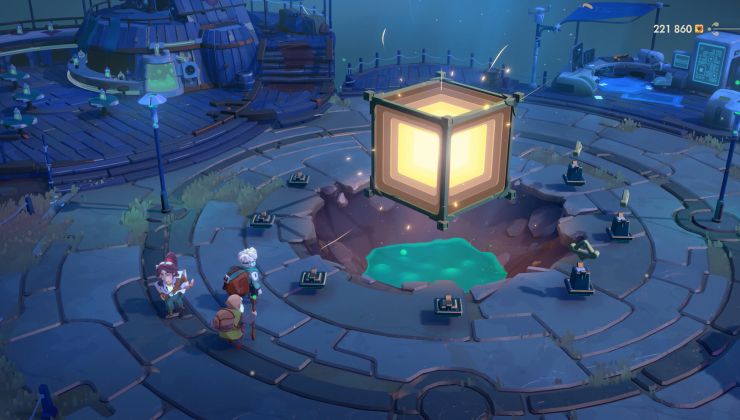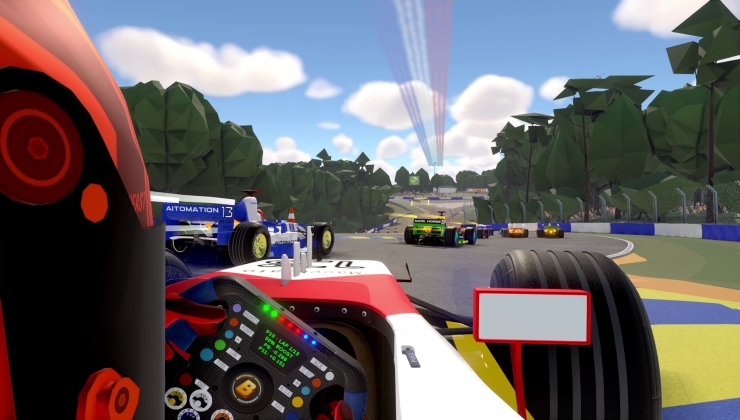Get ready to do some more testing NVIDIA users, as a fresh Beta just went up for their mainline Linux drivers with 465.19.01 now available. This is a Beta for a future stable release, so unlike the separate Vulkan Beta branch, this is actually targeting normal desktop users.
What does this bring? A slightly refreshed nvidia-settings application, one that is "more consistent about displaying layout controls which are only applicable for some displays or GPUs connected to the system". Additionally it has improved "X11 DrawText() performance when rendering stippled text" and it adds support for the extensions:
- VK_KHR_synchronization2
- VK_KHR_workgroup_memory_explicit_layout
- VK_KHR_zero_initialize_workgroup_memory
This driver release also added support for linear images for use with host-visible video memory in Vulkan, allows the NVIDIA X driver to allow OpenGL applications running on an X server that has left the active virtual terminal (VT) to continue running on the GPU but with a limited frame rate, Runtime D3 Power Management is now enabled by default on supported notebook systems with Ampere or newer GPUs and there's a bunch of bug fixes too including:
- Fixed a bug that could prevent some hardware configurations with large numbers of displays connected to the same GPU from working correctly.
- Fixed a bug that could cause multi-threaded GLX applications to hang while attempting to handle an XError.
- Fixed a potential crash in the Vulkan driver when clearing images with multiple layers.
- Fixed a bug with the host-visible device-local memory heap, where if an allocation failed due to space constraints, it could cause the application to crash on future Vulkan function calls.
- Fixed corruption in the Vulkan driver that sometimes occurred with shadow rendering with image arrays.
- Fixed an issue with OpenGL where imported Vulkan buffers would fail with GL_OUT_OF_MEMORY when marked as resident.
- Fixed a bug that caused the NVIDIA driver to retain an incorrect memory mapping of the UEFI system console when booting with the kernel parameter pci=realloc. This could cause the console to corrupt memory in use by the NVIDIA driver, and vice versa.
- Fix a Vulkan clamping bug where fragment depth values would not be clamped to the range [0,1] if VK_EXT_depth_range_unrestricted was not enabled.
- Fix a bug related to SPIR-V 1.4 non-Input/Output entry point variables.
- Fixed a bug in compilation of SPIR-V intersection shaders when modules with multiple entry points are used.
Full release notes and announcement here. In related news, their FreeBSD driver also got Vulkan 1.2 support.
In other NVIDIA news for Linux, their developer James Jones sent in a work-in-progress merge request to the Mesa git to enable the loading of alternative GBM backends. Looks like this is even more work coming in towards their improved Wayland and XWayland support for a future driver.
Additionally, something noteworthy for users of virtual machines being hosted on Linux: NVIDIA released a new Windows driver and mentioned this for Linux fans:
If you’re primarily a Linux user, you can now enable GeForce GPU passthrough on a Windows Virtual Machine (VM). Play Windows-only games in your VM, or if you’re a developer, more easily test both Windows and Linux code from a single machine, accelerating development.
The beta feature is enabled on all GeForce/TITAN GPUs supported by this driver (Kepler and later for desktop; Maxwell and later for laptop) on Windows 10.
Quoting: omer666It's fineNew MoBo and CPU, and with the PCIe4.0 I made the choice to keep the NVIDIA Card. Overall configuration at the link here on the left.
Thank you for your answer. Yes those are very small issues, but issues they are indeed.
Last edited by LordDaveTheKind on 29 Apr 2021 at 10:04 am UTC
Quoting: LordDaveTheKindOverall configuration on my profile."Sorry, this user has set their profile to private."
Quoting: kudlatySorry, wrong URL. Same as clicking on the link under the picture anyway.Quoting: LordDaveTheKindOverall configuration on my profile."Sorry, this user has set their profile to private."






 How to setup OpenMW for modern Morrowind on Linux / SteamOS and Steam Deck
How to setup OpenMW for modern Morrowind on Linux / SteamOS and Steam Deck How to install Hollow Knight: Silksong mods on Linux, SteamOS and Steam Deck
How to install Hollow Knight: Silksong mods on Linux, SteamOS and Steam Deck